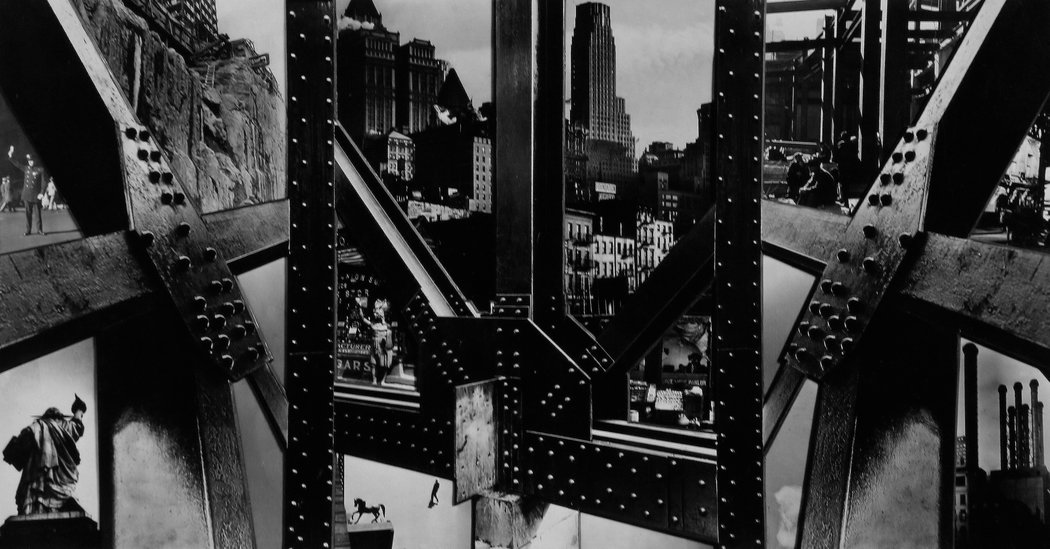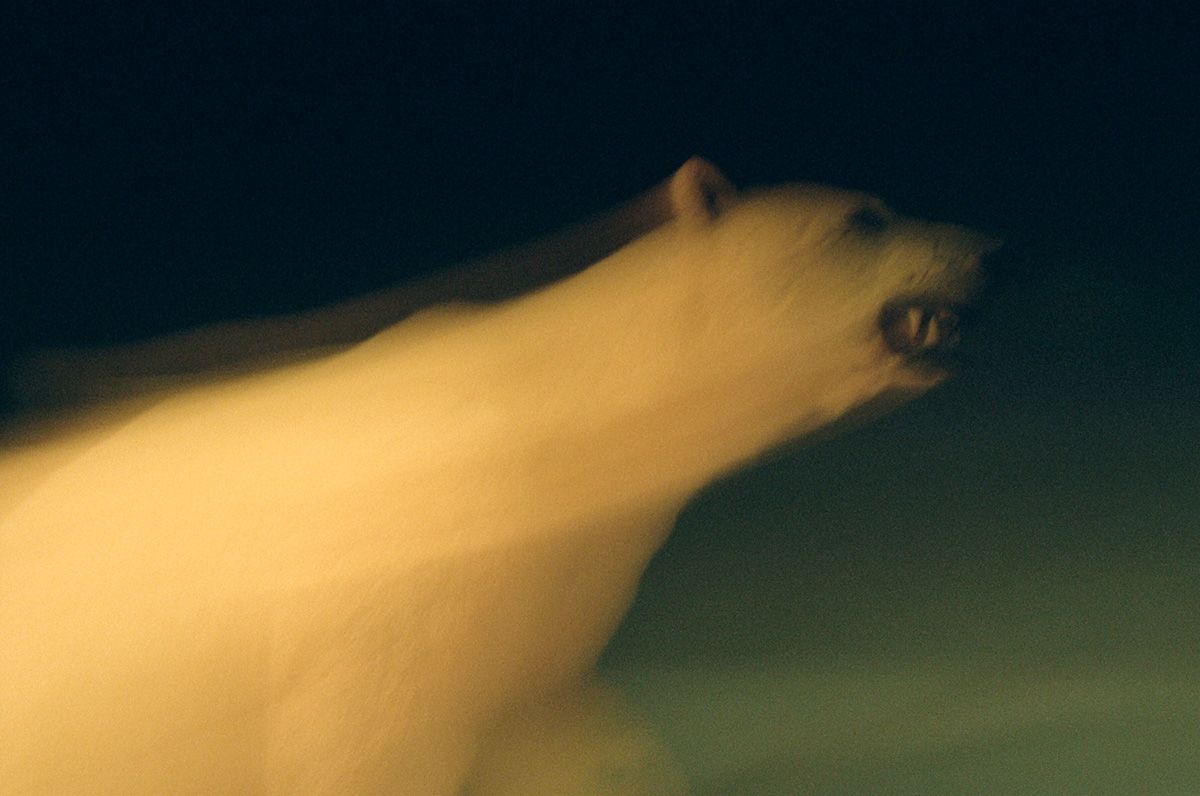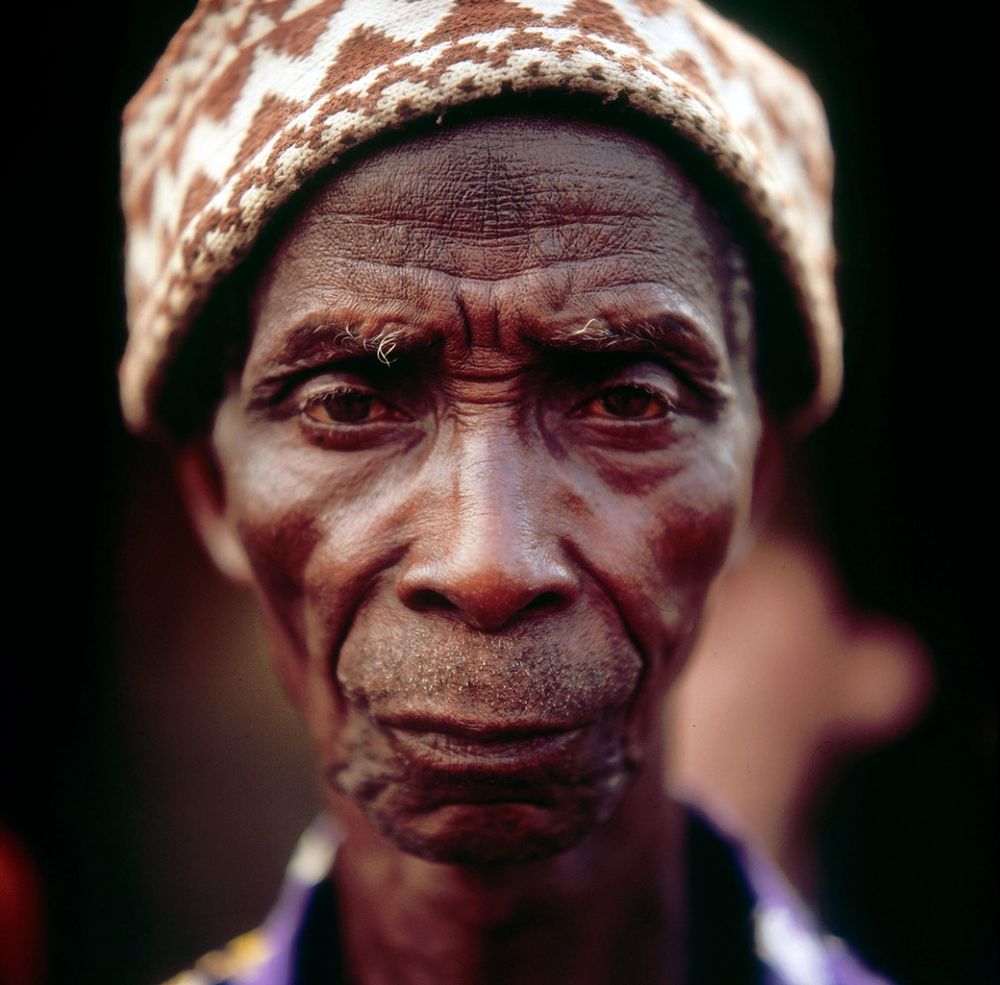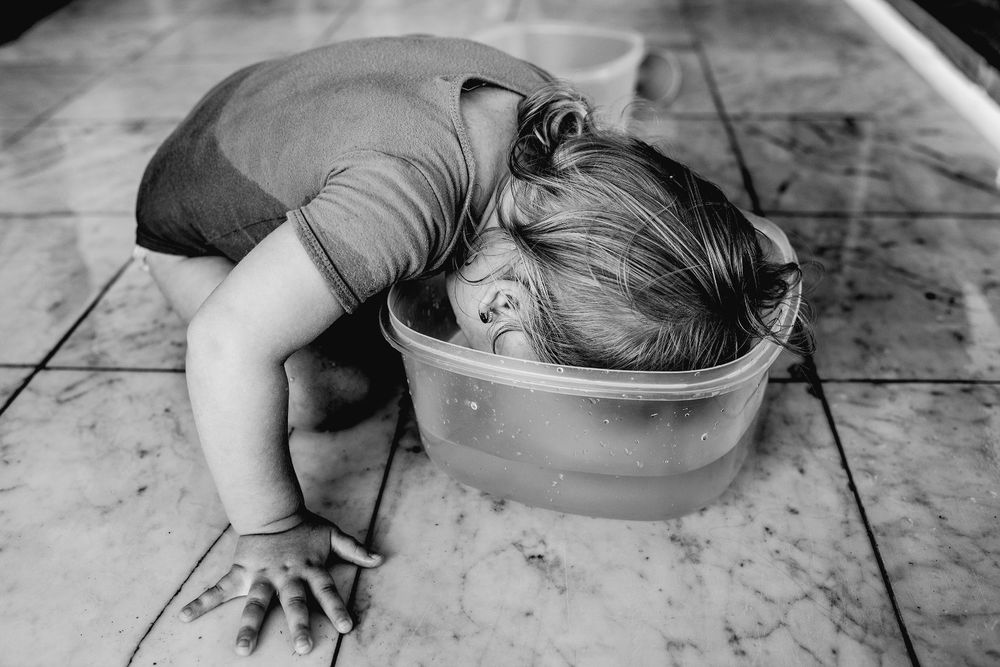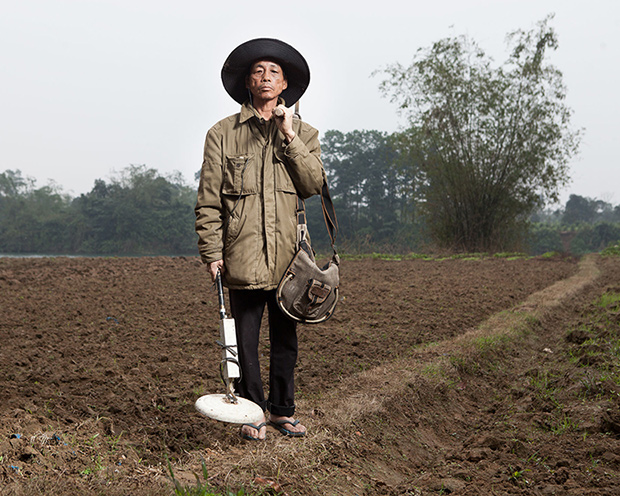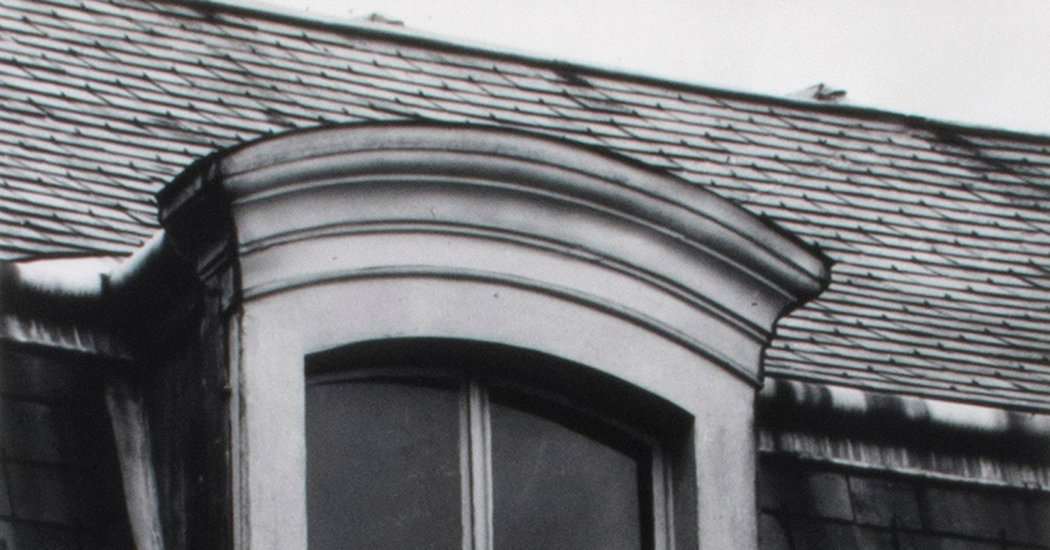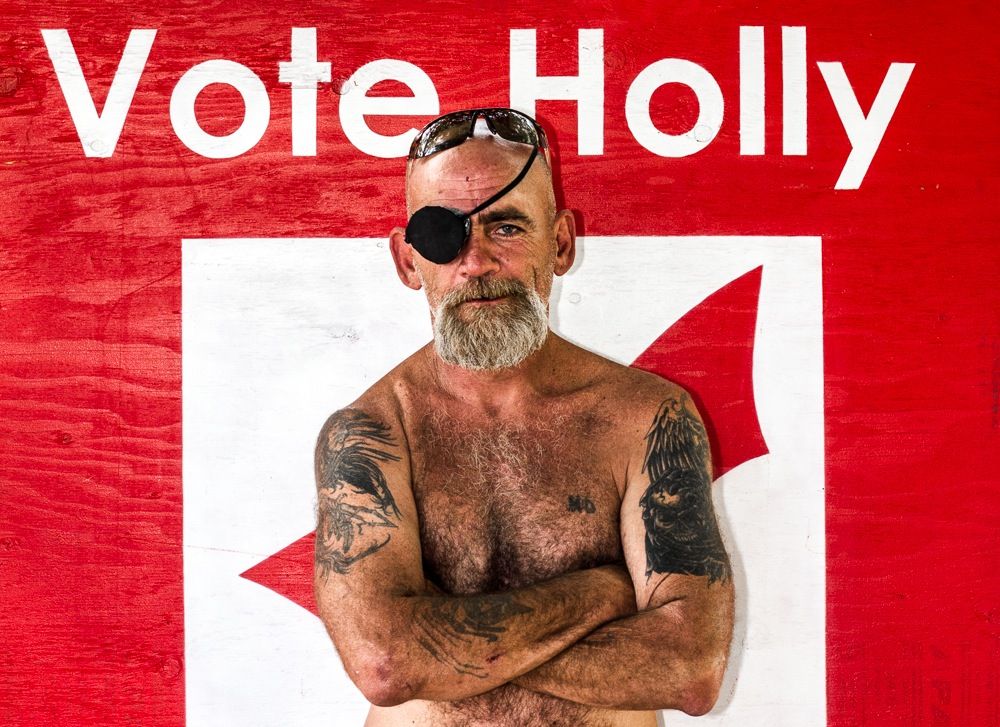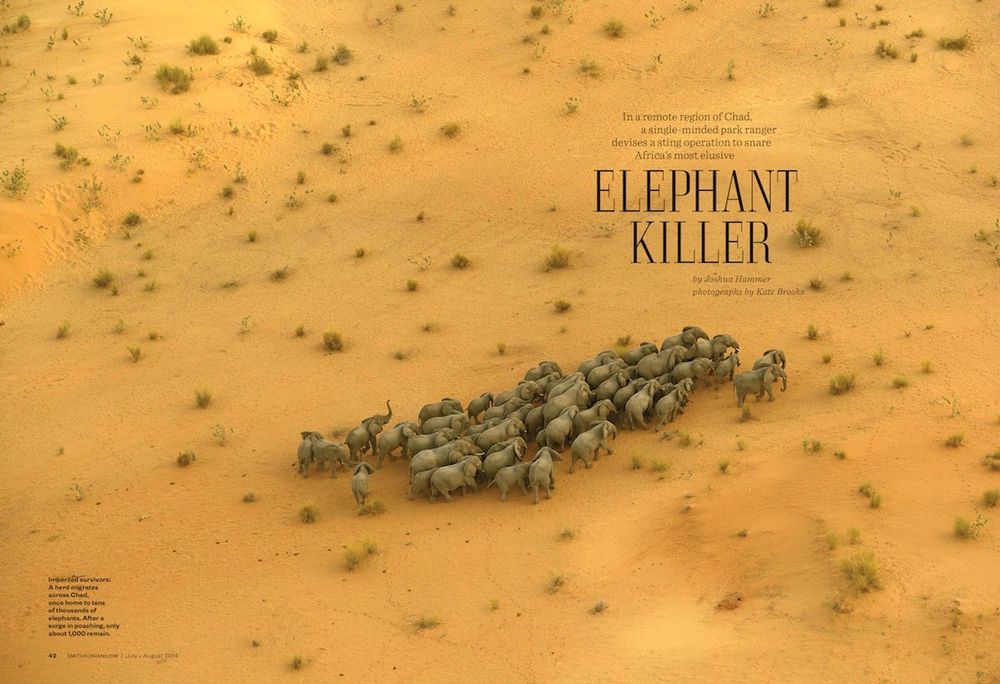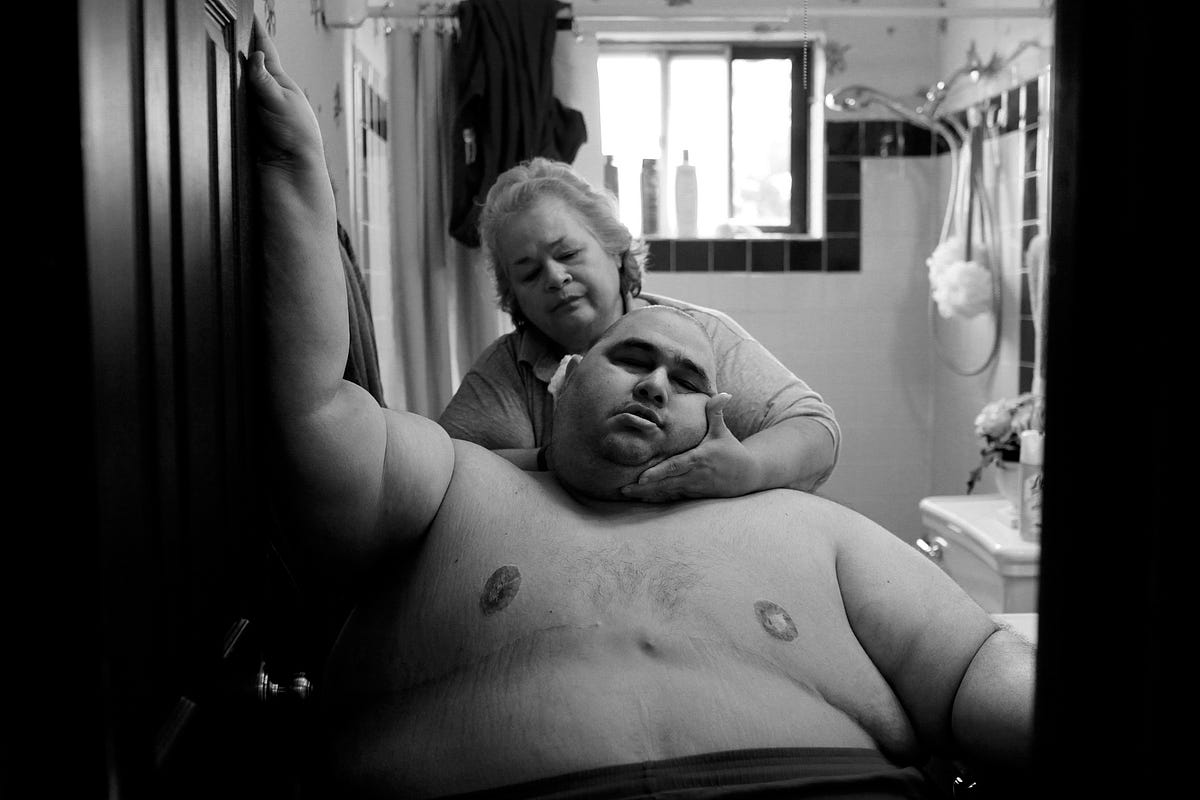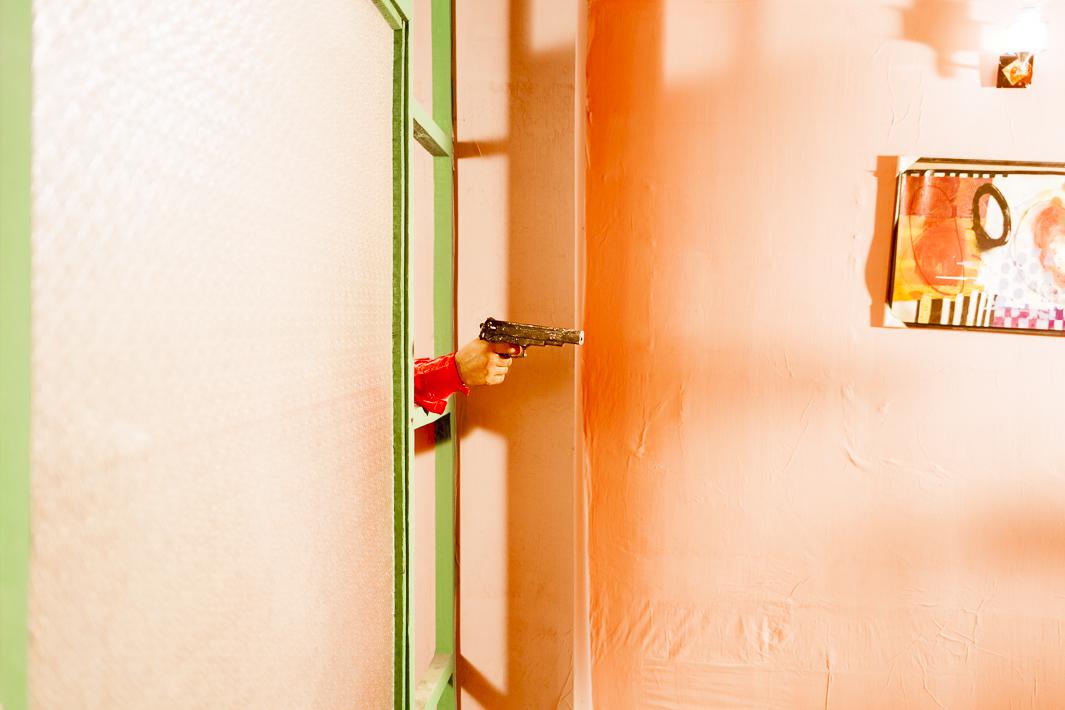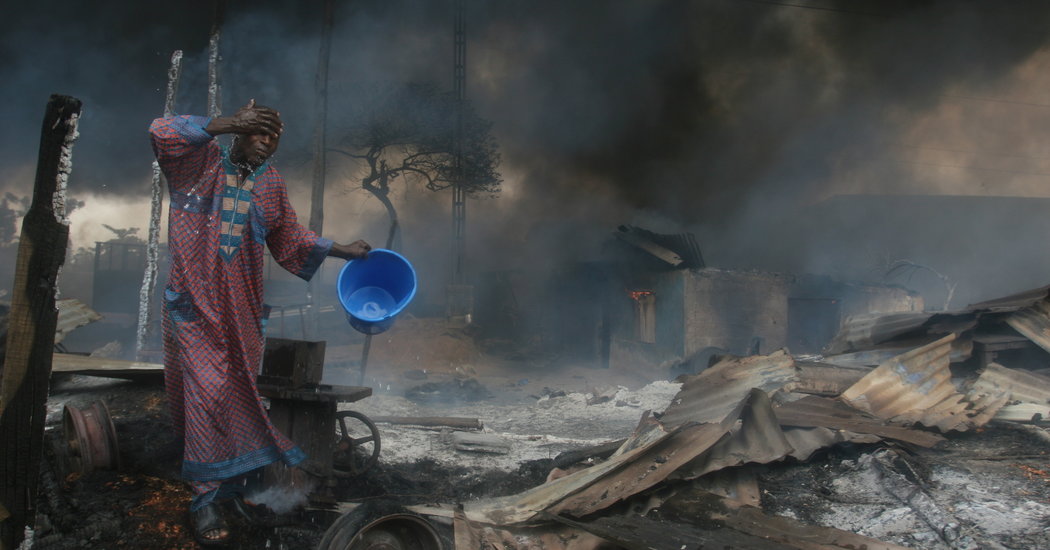Marc McAndrews: American Ultraviolence
Photographer’s Photographer, Marc McAndrews’ new project, American Ultraviolence, allows us entree into the world of extreme wrestling, where blood and posturing are part of the spectacle. Marc’s work often explores fringe cultures, including his well-reg
via LENSCRATCH: http://lenscratch.com/2015/05/marc-mcandrews/
Photographer’s Photographer, Marc McAndrews’ new project, American Ultraviolence, allows us entree into the world of extreme wrestling, where blood and posturing are part of the spectacle. Marc’s work often explores fringe cultures, including his well-regarded project, Nevada Rose that took a look at life in legal brothels. This access comes from being present and being curious and hours and hours behind a wheel.


